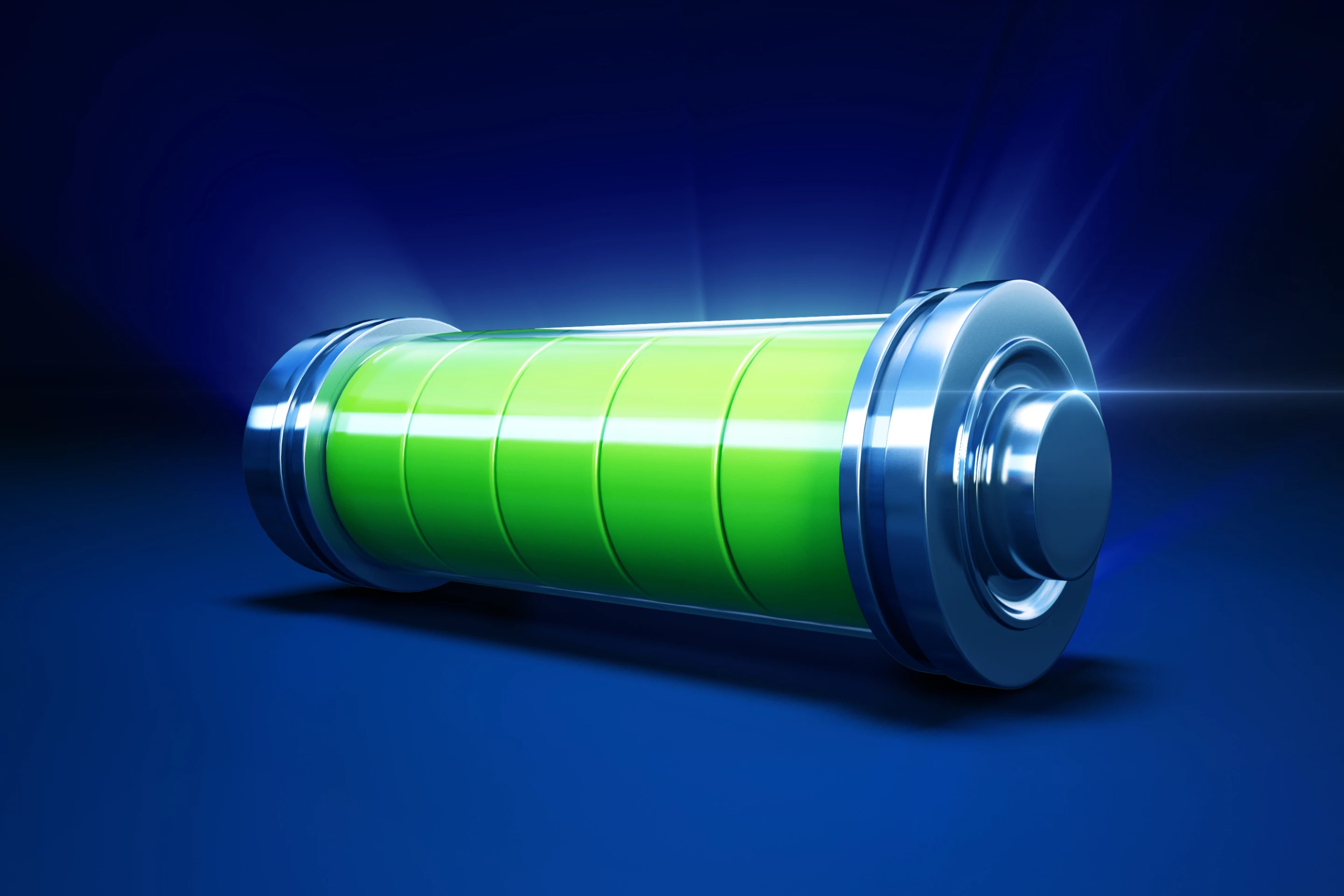Researchers out of the Chinese University of Hong Kong have used a water soluble polymer commonly found in skin cream as a stabilizing agent for an aqueous lithium-ion battery, keeping costs and toxicity low and creating a stable voltage for common usage.
The lithium-ion batteries that power our mobile devices, and even our cars, can be a fire hazard as they contain an electrolyte that can ignite or swell when exposed to high temperatures. Remember the Galaxy Note 7 debacle in 2016? We've seen a number of efforts aimed at improving the safety of Li-ion batteries, including a design with a built-in flame retardant, another that makes the electrolyte resistant to impact damage, and one that automatically shuts down the battery before it overheats.
Using water-based electrolytes that won't catch fire is another promising area of development, but one that researchers say has been held back by low energy density caused by water stability issues resulting in low voltage. A research team led by Professor Yi-Chun LU from the engineering faculty at the Chinese University of Hong Kong has helped move aqueous li-ion battery design forward with an inexpensive, safe and eco-friendly design that uses a water-soluble polymer that can be found in skin creams, toothpastes, medicines and food and drinks.
Polyethylene glycol is used as a stabilization agent in the new water-based electrolyte and is reported to expand the stability window to 3.2 volts. Other aqueous battery designs can get the voltage up higher, but often use high concentrations of expensive and toxic salts to stabilize water molecules.
The combination of water, polyethylene glycol and the low concentrations of lithium salt used in the new design means that both cost and toxicity are kept relatively low. And the new battery has also been demonstrated to be stable for more than 300 charge cycles.
"This research finding provides a new platform for designing aqueous electrolyte with large voltage window and high stability for safe, low-cost and eco-friendly energy storage," said the team.
The research was published in the journal Nature Materials.
Source: Chinese University of Hong Kong







